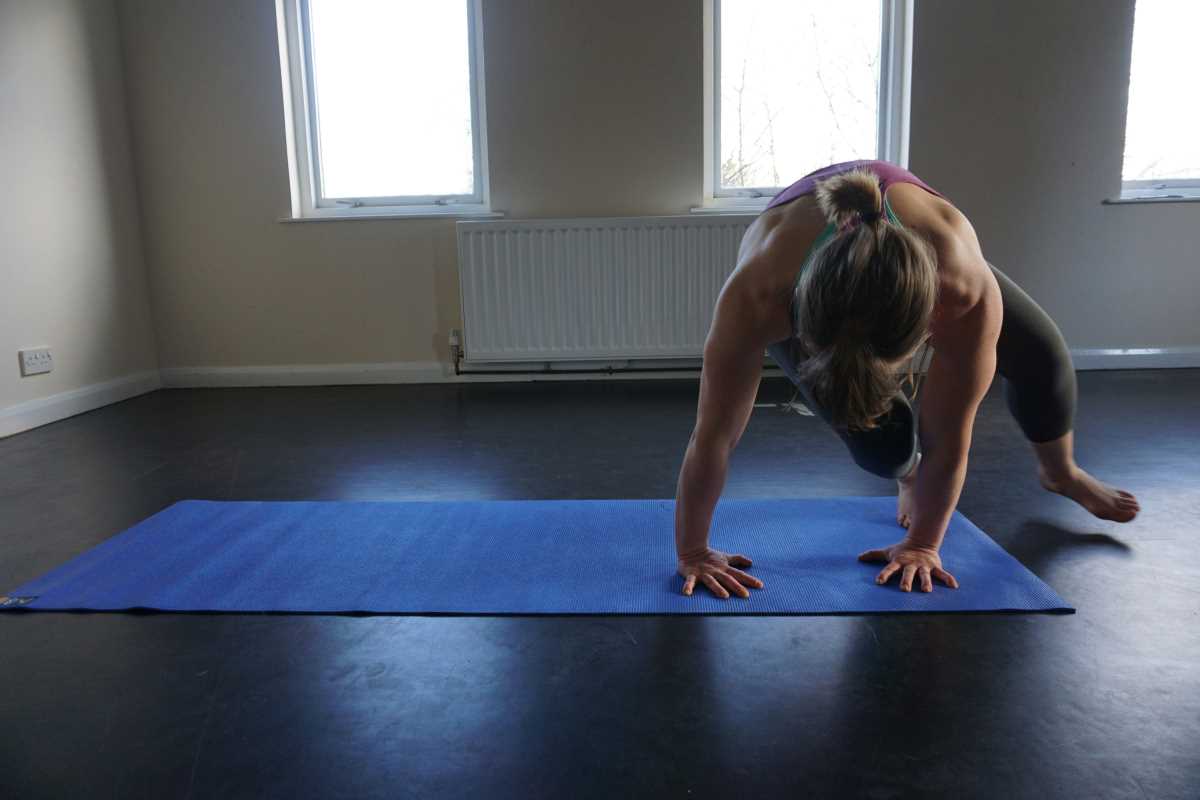Many people experience a stage in powerlifting when it feels like their progress stalls, no matter how much effort they put in during workouts. You might add more weight or increase your training frequency, but the numbers on the bar refuse to climb. Getting past these sticking points often means making smart changes and exploring new approaches. This guide shares realistic and effective tips that you can incorporate into your regular training sessions. With a few adjustments and a fresh perspective, you can start moving those weights upward and continue improving your performance in the gym.
The journey around or through a plateau can boost your confidence and lead to a more satisfying training experience. When you see improvements, you build momentum for future gains—often by changing small habits that add up over time.
Recognizing Plateaus: Signs and Symptoms
You might feel that your workouts are losing their spark once your numbers no longer improve. Plateaus usually appear when you feel stuck, regardless of how hard you work. It’s common to experience days where the weights feel heavier or simply less challenging, even if you’ve maintained or increased your efforts. Recognizing these signs early helps you take action before stagnation sets in.
Watch out for these telltale signals that indicate you’ve reached a plateau in your lifting routine:
- Your recorded lifts don’t improve for several weeks.
- You feel mentally drained before reaching peak performance.
- Muscle soreness and fatigue remain constant despite workouts.
- You lose excitement during training sessions.
Training Variable Adjustments
One effective way to get past a plateau is to adjust the variables of your training sessions. Tweaking your routine gives your muscles a fresh challenge. Instead of sticking to the same set of rep ranges or rest intervals, trying different options can spark new growth. Small changes often lead to big differences in your performance.
Consider these specific adjustments to mix up your training:
- Change rep ranges from low reps with maximum weight to mid-range reps which balance load and volume.
- Alter the pace of your lifts—slow down the eccentric phase to add time under tension.
- Adjust rest periods between sets to keep your body guessing and to challenge your endurance.
- Incorporate drop sets or pyramid sets into your routine to shock your muscles in a new way.
Adding Accessory Movements
Sometimes the main lifts dominate your training, and other muscles get neglected. Introducing accessory movements can strengthen weak points that hold you back. Adding a few isolation exercises and lighter compound movements can improve your overall powerlifting performance. These extra lifts help your body become more balanced and better able to handle heavy loads.
Simple accessory moves include variations that focus on core strength and stability. For example, exercises like dumbbell rows, tricep pushdowns, or even stability ball work can help correct muscle imbalances. Rotating these into your regular schedule ensures that no muscle group gets overlooked.
Periodization and Program Variety
Switching up your training plan is smart if you feel your progress stalls. Periodization divides your training into phases with different focuses, helping you continually challenge your body. You might spend a few weeks working on strength before moving into a phase aimed at building muscle endurance or even speed. This cycle provides both recovery and new stimulus, keeping your progress dynamic.
Learning to organize your training into distinct phases can help you see improvements where you least expected them. Explore variations such as linear, undulating, or block periodization, and feel free to experiment with mixing up your routines.
Nutrition and Recovery Strategies
Your body needs good fuel along with quality rest to break through plateaus. Often, athletes stick too strictly to their workouts and overlook nutrition and recovery, which are equally important. Small adjustments in your meal planning or recovery process can lead to noticeable improvements in your lifting performance. By fine-tuning your food choices and incorporating solid rest practices, you support consistent muscle repair and growth.
The following tips can help you make progress again:
- Ensure you consume a balanced mix of proteins, carbohydrates, and fats to rebuild muscle tissue.
- Include nutrient-dense foods that provide vitamins and minerals essential for recovery.
- Prioritize quality sleep – aim for 7-9 hours every night to allow the body to repair and strengthen.
- Incorporate active recovery days with light stretching or low-intensity cardio to promote circulation.
Mindset and Goal Setting
Mental strength holds just as much importance as physical strength when facing a plateau. Setting specific, achievable objectives keeps your energy high even when progress slows. Break your main goals into smaller milestones, and celebrate improvements that may seem minor at first. A strong mindset helps you push through moments of discouragement and focus on the next step, rather than getting overwhelmed.
To keep your training engaging and challenging, regularly revisit your goals and adjust them based on your progress. Write your targets down and review them weekly. Keeping a training log or journal can serve as a motivational tool, helping you see how far you’ve come and where you want to go next.
Small changes in your training habits, nutrition routines, and mental approach can reinvigorate your powerlifting journey. The adjustments you make today might unlock a breakthrough tomorrow. Stay persistent, and vary your routines to start moving those weights again.
Overcoming a plateau comes from consistent small improvements. Keep adjusting your approach, track your progress, and enjoy your progress with *better lifts*.
 (Image via
(Image via





